I'm ultimately trying to draw a polygon on top of my house. I can do that.
The problem is that on zoom-out, zoom-in, and rotation (or camera move) the polygon doesn't stick to the top of my house. I received great help from this answer. So, now I'm trying to go through the sample code but there is a lot of Cesium methods and functionality that I need to learn.
The sample code I am trying to follow is located in the gold standard that appears to be baked into the existing camera controller here.
I call testMe with the mousePosition as Cartesian3 and the SceneMode is 3D, so pickGlobe is executed.
Here is my code:
var pickedPosition;
var scratchZoomPickRay = new Cesium.Ray();
var scratchPickCartesian = new Cesium.Cartesian3();
function testMe(mousePosition) {
if (Cesium.defined(scene.globe)) {
if(scene.mode !== Cesium.SceneMode.SCENE2D) {
pickedPosition = pickGlobe(viewer, mousePosition, scratchPickCartesian);
} else {
pickedPosition = camera.getPickRay(mousePosition, scratchZoomPickRay).origin;
}
}
}
var pickGlobeScratchRay = new Cesium.Ray();
var scratchDepthIntersection = new Cesium.Cartesian3();
var scratchRayIntersection = new Cesium.Cartesian3();
function pickGlobe(viewer, mousePosition, result) {
var globe = scene.globe;
var camera = scene.camera;
if (!Cesium.defined(globe)) {
return undefined;
}
var depthIntersection;
if (scene.pickPositionSupported) {
depthIntersection = scene.pickPosition(mousePosition, scratchDepthIntersection);
}
var ray = camera.getPickRay(mousePosition, pickGlobeScratchRay);
var rayIntersection = globe.pick(ray, scene, scratchRayIntersection);
var pickDistance;
if(Cesium.defined(depthIntersection)) {
pickDistance = Cesium.Cartesian3.distance(depthIntersection, camera.positionWC);
} else {
pickDistance = Number.POSITIVE_INFINITY;
}
var rayDistance;
if(Cesium.defined(rayIntersection)) {
rayDistance = Cesium.Cartesian3.distance(rayIntersection, camera.positionWC);
} else {
rayDistance = Number.POSITIVE_INFINITY;
}
var scratchCenterPosition = new Cesium.Cartesian3();
if (pickDistance < rayDistance) {
var cart = Cesium.Cartesian3.clone(depthIntersection, result);
return cart;
}
var cart = Cesium.Cartesian3.clone(rayIntersection, result);
return cart;
}
Here is my problem:
Here is the result:
Here are my questions to get this code working:
1. How do I get the scene.pickPositionSupported set to true? I'm using Chrome on Windows 10. I cannot find in the sample code anything about this and I haven't had much luck with the documentation or Google.
2. Why is rayIntersection not getting set? ray and scene have values and scratchRayIntersection in an empty Cartesian3.
I think if I can get those two statements working, I can probably get the rest of the pickGlobe method working.
WebGLGraphics Report:
I clicked on Get WebGL and the cube is spinning!




